Electric Buses In Europe: A Hydrogen Vs. Battery Technology Overview
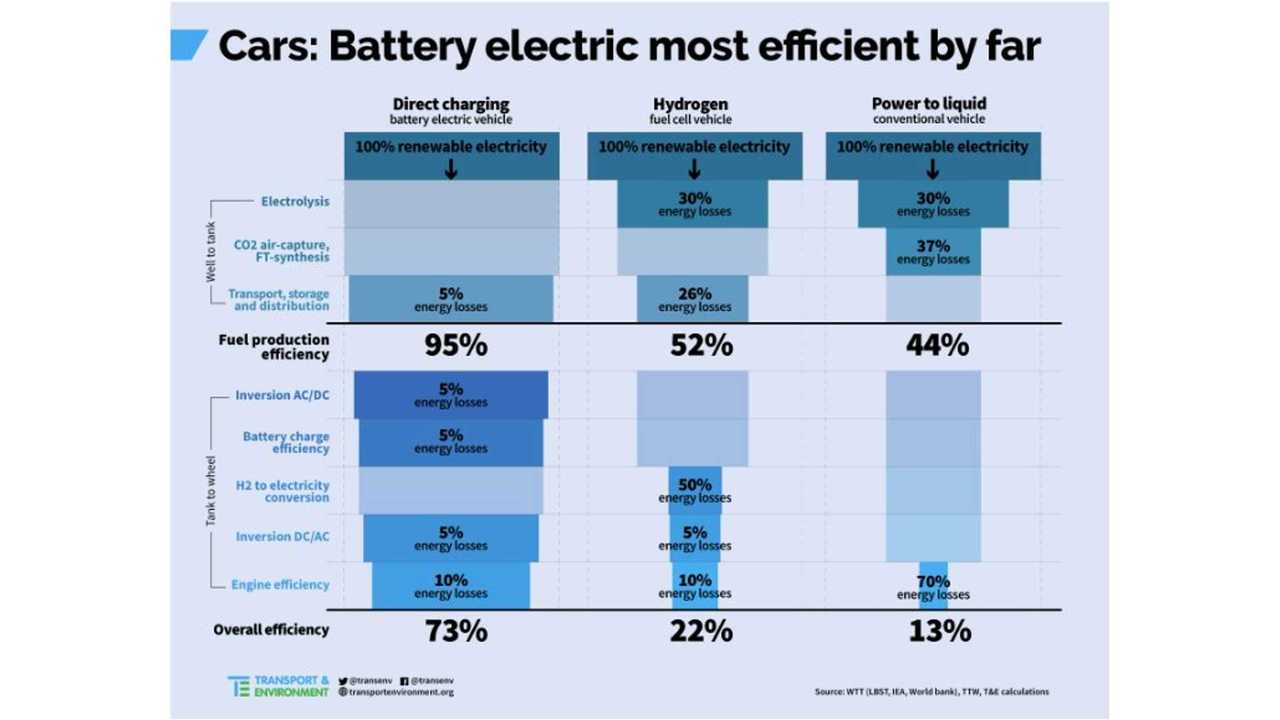
Table of Contents
Battery Electric Buses in Europe
Advantages of Battery Electric Buses
Battery-electric buses (BEBs) offer several compelling advantages:
- Lower Upfront Cost: BEBs generally have a significantly lower initial purchase price compared to hydrogen fuel cell buses (HFCBs), making them more accessible for municipalities with tighter budgets.
- Mature Technology & Infrastructure: Battery technology is mature, and charging infrastructure is becoming increasingly prevalent in many major European cities. This reduces the barriers to entry and allows for quicker deployment.
- Efficient Energy Conversion: BEBs boast relatively high energy conversion efficiency, meaning a greater proportion of the energy stored in the battery is used to propel the bus.
- Reduced Operational Costs: Lower energy consumption and reduced maintenance requirements compared to diesel buses translate to significant long-term cost savings.
- Quiet Operation: The near-silent operation of BEBs contributes to reduced noise pollution in urban environments, improving the quality of life for residents.
Examples of successful BEB deployments include London's extensive electric bus fleet and the large-scale adoption in cities like Amsterdam and Oslo.
Disadvantages of Battery Electric Buses
Despite their advantages, BEBs face challenges:
- Limited Range: The range of BEBs is typically lower than that of HFCBs, potentially requiring more frequent charging stops on longer routes.
- Charging Time: Charging times can be lengthy, potentially disrupting service schedules and requiring careful route planning and charging infrastructure optimization.
- Battery Lifespan and Replacement: Battery lifespan and the cost of eventual replacement are significant factors influencing the overall cost of ownership.
- Environmental Impact of Production and Disposal: The environmental impact of battery production, including mining of raw materials and manufacturing processes, and the responsible disposal of end-of-life batteries must be considered.
- Grid Dependency: Widespread BEB adoption places increased strain on electricity grids, potentially leading to instability if not managed effectively with smart grid technologies.
Hydrogen Fuel Cell Buses in Europe
Advantages of Hydrogen Fuel Cell Buses
HFCBs offer unique benefits:
- Extended Range: HFCBs possess a significantly longer range than BEBs, making them suitable for longer routes and less dependent on frequent refueling or charging stops.
- Faster Refueling: Refueling HFCBs is significantly faster than charging BEBs, minimizing downtime and disruption to service schedules.
- Higher Passenger Capacity: The smaller size of the hydrogen fuel cell system compared to battery packs allows for potentially higher passenger capacity.
- Zero Tailpipe Emissions: Like BEBs, HFCBs produce zero tailpipe emissions, contributing significantly to cleaner air in cities.
Examples of notable HFCB projects include pilot programs in Cologne, Germany, and Aberdeen, Scotland, showcasing the technology's potential.
Disadvantages of Hydrogen Fuel Cell Buses
However, HFCBs are not without drawbacks:
- High Upfront Cost: The initial investment for HFCBs is considerably higher than for BEBs, presenting a significant barrier to widespread adoption.
- Lack of Infrastructure: The lack of a widespread hydrogen refueling infrastructure across Europe poses a major challenge for the widespread deployment of HFCBs.
- Energy Efficiency: The overall energy efficiency of HFCBs depends heavily on the method of hydrogen production and distribution, with "green" hydrogen production being crucial for minimizing environmental impact.
- Safety Concerns: Safety concerns related to hydrogen storage, transportation, and handling must be carefully addressed and mitigated.
- Limited Manufacturers: The number of manufacturers currently producing HFCBs is limited compared to the number of BEB manufacturers, affecting competition and potentially driving up prices.
Infrastructure Requirements for Electric Buses (Both Hydrogen and Battery)
The successful transition to electric buses, whether battery or hydrogen, requires substantial investment in supporting infrastructure. For BEBs, this means a widespread network of fast and reliable charging stations, potentially including depot charging and opportunity charging at bus stops. For HFCBs, the development of a comprehensive hydrogen refueling infrastructure is paramount, including production, storage, and distribution networks. Deploying these infrastructures across diverse European regions presents unique challenges, requiring consideration of geographical factors, population density, and existing energy networks. Government policies and incentives, such as grants, tax breaks, and regulatory frameworks, are vital in driving the development and deployment of this necessary infrastructure. Smart grid technologies play a crucial role in optimizing energy consumption and managing the increased demand from electric bus fleets.
Environmental Impact and Sustainability
Life cycle assessments (LCAs) are crucial for comparing the environmental impact of BEBs and HFCBs. These assessments consider the environmental footprint throughout the entire lifecycle, from raw material extraction and manufacturing to operation and end-of-life disposal. The sustainability of hydrogen production is particularly critical, with "green hydrogen" produced using renewable energy sources being far preferable to "grey hydrogen" derived from fossil fuels. LCAs demonstrate that both BEBs and HFCBs significantly reduce the carbon footprint compared to diesel buses, contributing to cleaner air and a more sustainable transportation system. However, the overall environmental impact varies depending on factors such as the electricity source for BEBs and the hydrogen production method for HFCBs. Data and charts comparing the greenhouse gas emissions and other environmental impacts of different bus technologies should inform policy decisions.
Conclusion
Both battery-electric and hydrogen fuel cell buses offer significant advantages and disadvantages in the context of sustainable public transport in Europe. The optimal choice depends on several factors, including budget constraints, available infrastructure, route lengths, and environmental priorities. While BEBs currently benefit from lower upfront costs and established infrastructure, HFCBs offer longer ranges and faster refueling, making them suitable for specific routes and operating conditions. The future of electric buses in Europe will likely involve a combination of both technologies, with BEBs dominating in urban areas with extensive charging networks and HFCBs playing a larger role on longer routes where range and refueling time are paramount. The development of both technologies, along with the supporting infrastructure, is crucial for achieving a truly sustainable public transportation system across Europe. We encourage further research into specific electric bus projects and government initiatives aimed at accelerating this crucial transition to cleaner, greener public transport solutions. Learn more about the ongoing advancements in electric bus technology and its potential to transform sustainable transport across Europe.

Featured Posts
-
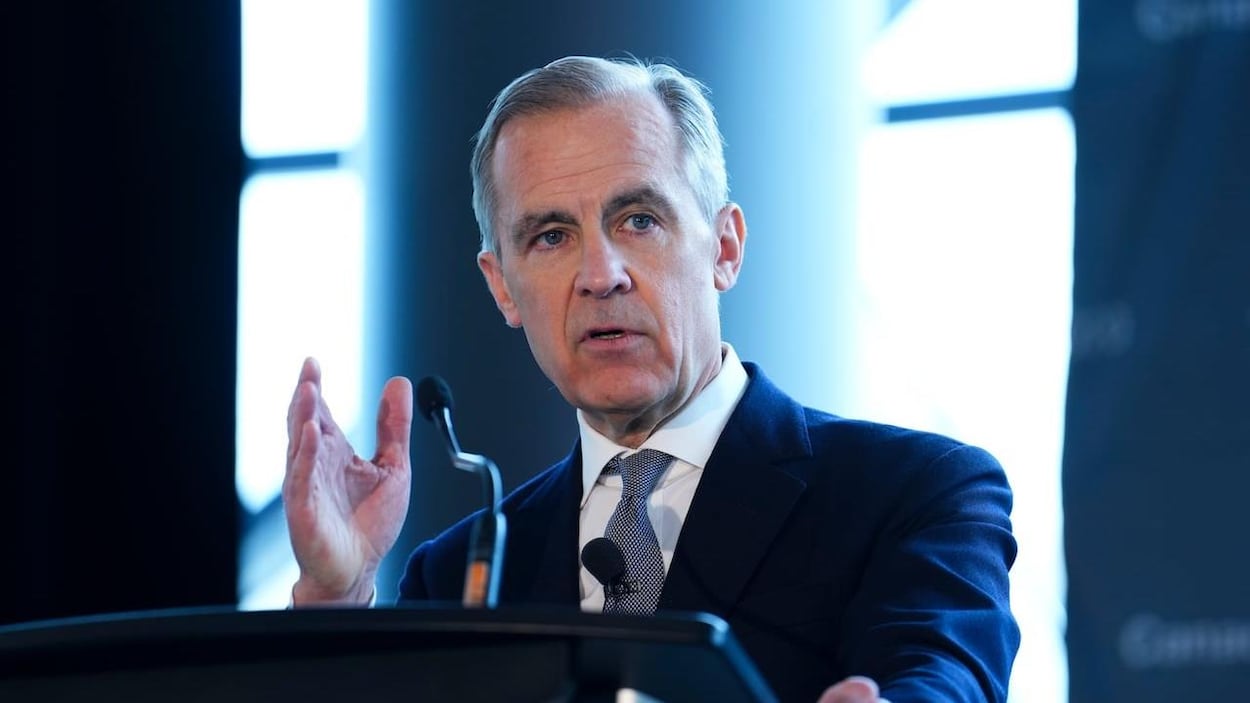 Important White House Meeting Assessing The Potential Impact Of Carney And Trumps Tuesday Discussion
May 07, 2025
Important White House Meeting Assessing The Potential Impact Of Carney And Trumps Tuesday Discussion
May 07, 2025 -
 Is Jenna Ortegas New Look Making Her Look A Decade Older Fan Reactions
May 07, 2025
Is Jenna Ortegas New Look Making Her Look A Decade Older Fan Reactions
May 07, 2025 -
 Anthony Edwards Baby Mama Drama Explodes Online
May 07, 2025
Anthony Edwards Baby Mama Drama Explodes Online
May 07, 2025 -
 Can Xrp Ripple Make You Rich A Prudent Investors Guide
May 07, 2025
Can Xrp Ripple Make You Rich A Prudent Investors Guide
May 07, 2025 -
 Public Opinion On Anthony Edwards Baby Mama Situation
May 07, 2025
Public Opinion On Anthony Edwards Baby Mama Situation
May 07, 2025
Latest Posts
-
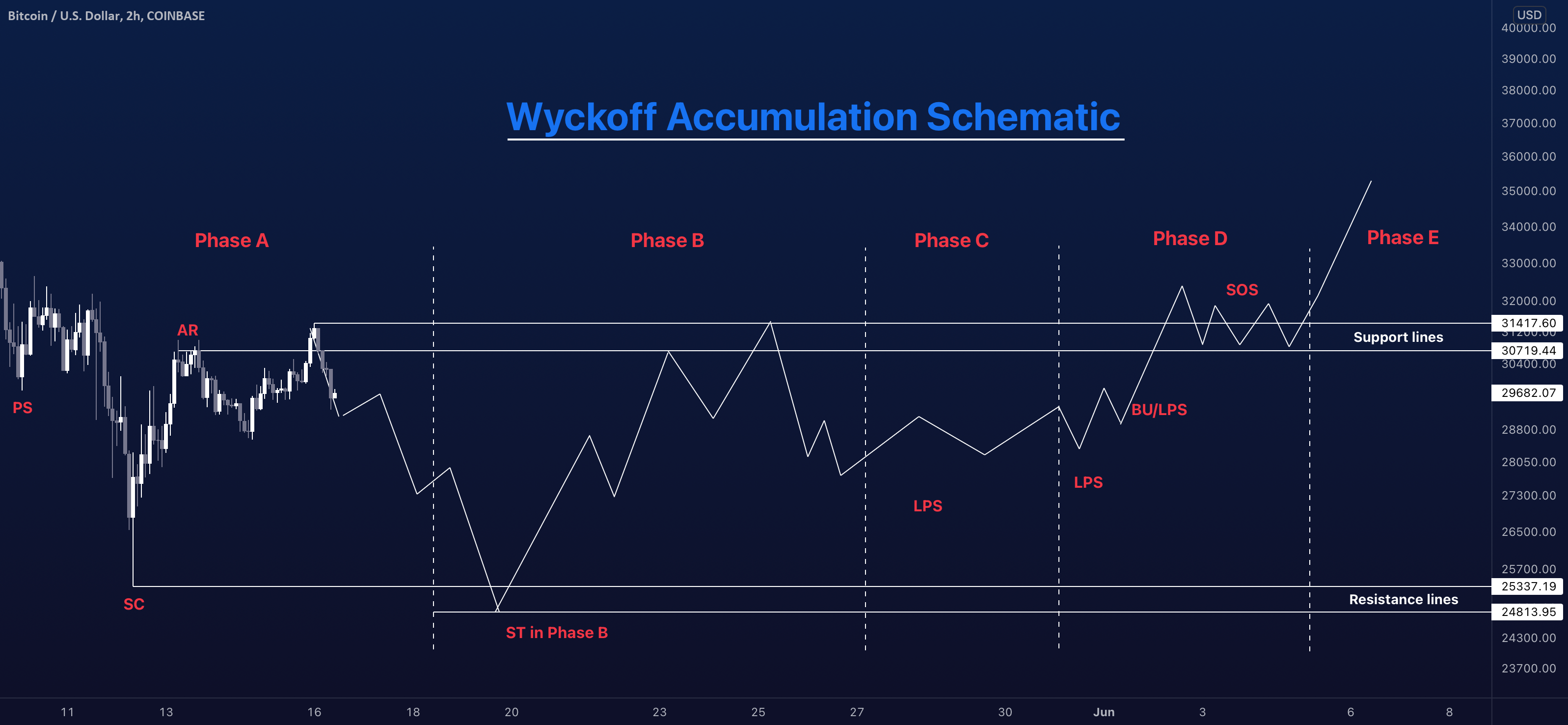 Ethereums Price Action Suggests 2 700 Is Achievable Wyckoff Accumulation Explained
May 08, 2025
Ethereums Price Action Suggests 2 700 Is Achievable Wyckoff Accumulation Explained
May 08, 2025 -
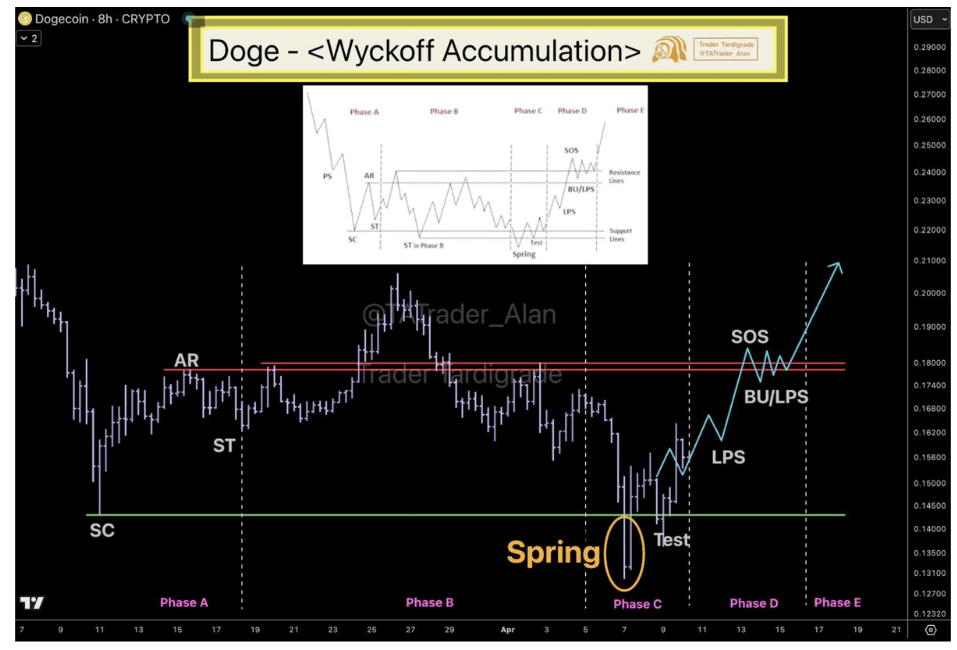 Technical Analysis Ethereums Potential 2 700 Surge Based On Wyckoff
May 08, 2025
Technical Analysis Ethereums Potential 2 700 Surge Based On Wyckoff
May 08, 2025 -
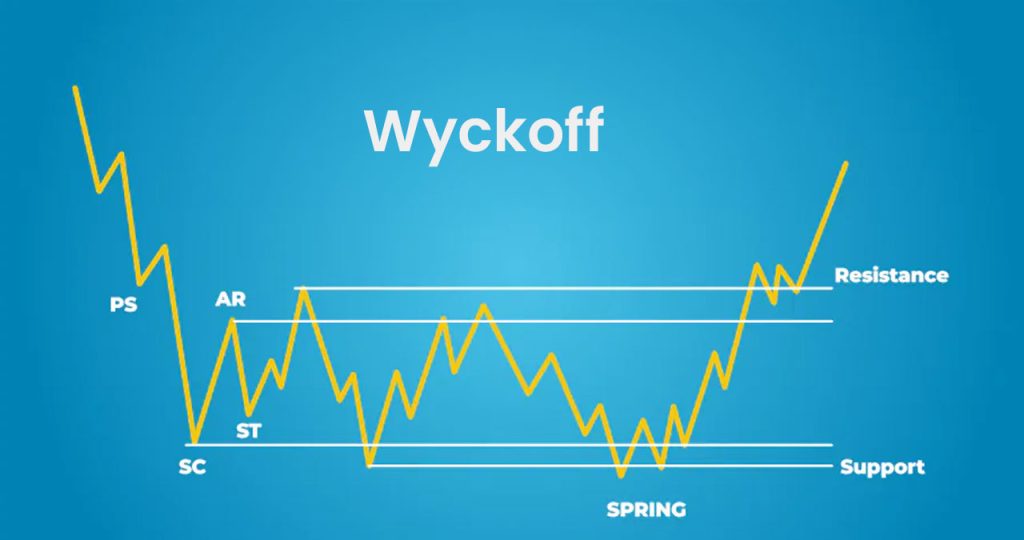 Ethereum Price Analysis 2 700 On The Horizon Wyckoff Accumulation Hints At Rally
May 08, 2025
Ethereum Price Analysis 2 700 On The Horizon Wyckoff Accumulation Hints At Rally
May 08, 2025 -
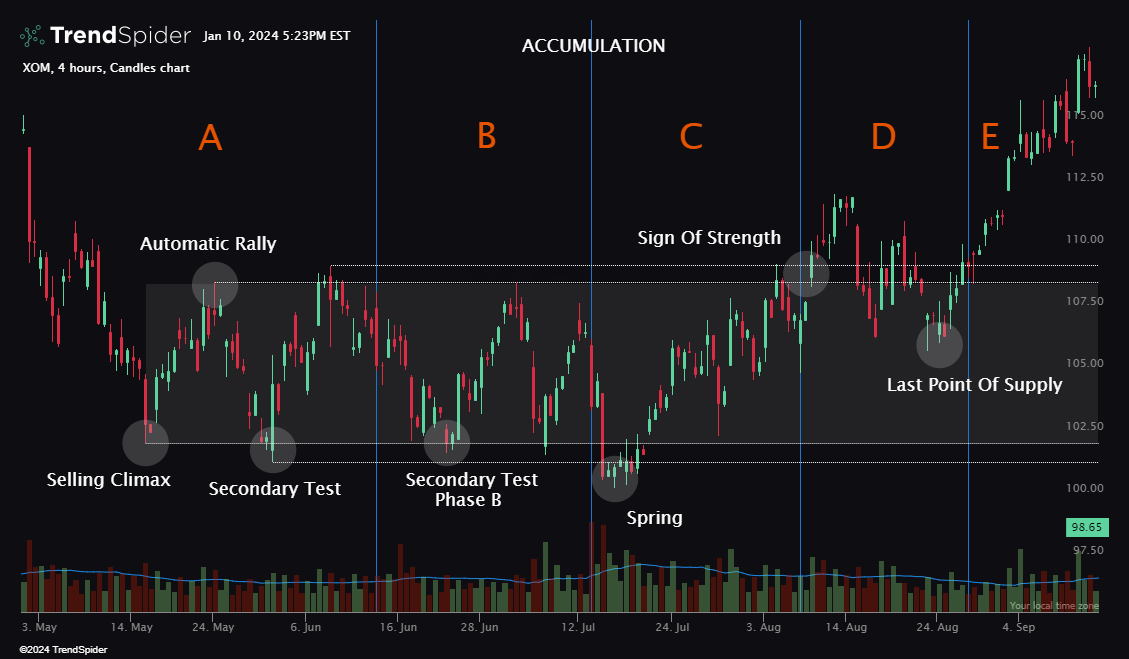 Ethereum Price To Hit 4 000 Cross X Indicators And Institutional Accumulation Suggest A Bullish Trend
May 08, 2025
Ethereum Price To Hit 4 000 Cross X Indicators And Institutional Accumulation Suggest A Bullish Trend
May 08, 2025 -
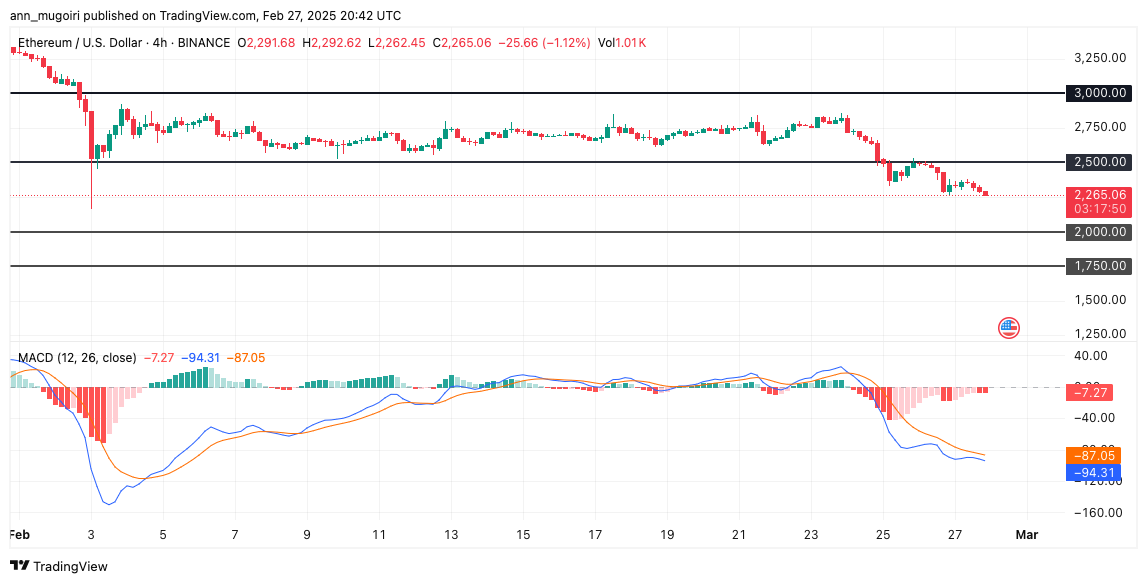 Wyckoff Accumulation In Ethereum Price Poised For 2 700 Breakout
May 08, 2025
Wyckoff Accumulation In Ethereum Price Poised For 2 700 Breakout
May 08, 2025
